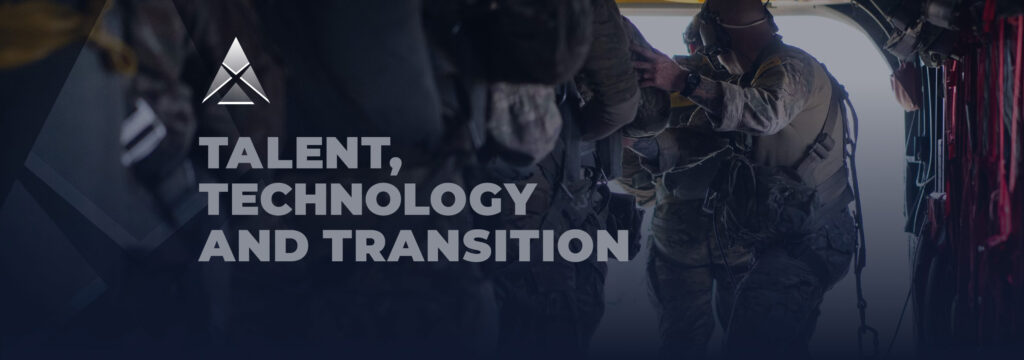AFWERX debuted its new 3.0 version December 14, 2022, during a virtual conference with numerous speakers. In line with its mission of innovation for the military, AFWERX is constantly evolving itself to improve and achieved better outcomes from the program. They’ve taken the past two years’ worth of feedback on the AFWERX 2.0 program from businesses, researchers, etc. and have made several additions and changes.
AFWERX 3.0 will add five key lines of effort in executing its more than $1 billion annual budget:
- Increase funding opportunities aligned with the DAF Operational Imperatives.
- Create a nexus between AFWERX capabilities that better align government resources with industry outreach, laboratory expertise, operator engagement and acquisition tools to improve speed and rigor across what some acquisition experts call the “valley of death” — where innovative ideas do not find the necessary support to survive.
- Expand existing tools through open, specific and Strategic Funding Increase and Tactical Funding Increase, or STRATFI, topics with AFWERX AFVentures, increased end-user iteration through AFWERX Spark and opportunities for industry through AFWERX Prime.
- Reduce barriers to conduct classified work for companies with novel concepts.
- Improve the data architecture for rapid stakeholder feedback and process improvement.
AFWERX’s new director Col. Elliott Leigh will lead the implementation of this new version which will include focusing on innovation for the seven Department of the Air Force Operational Imperatives. Technologies that meet the needs of these seven imperatives have potential to be funded through AFWERX’s accelerated process.
- Space Order Battle focuses on military presence in space and technologies that improve understanding and defensive strategies. Space-based capabilities include protection, surviving attacks, degrading gracefully under attack, and being reconstituted in a reasonable amount of time.
- Operationally focused Advanced Battle Management System (ABMS) intends to digitally connect all the U.S. military branches using modern networking capabilities, communications capabilities, artificial intelligence, and data analysis from several sources.
- Moving Target Engagement is using next generation sensors a to identify, track, and engage numerous targets simultaneously, which will take a mix of air- and space-based capabilities.
- Tactical Air Dominance will include crewed and uncrewed air combat aircraft teaming with the crewed platform, the connectivity systems between those platforms, the sensors that support them, as well as the suite of weapons the platforms can carry.
- Resilient Basing aims to bring a mix of investments in resilient forward basing for current and planned tactical aircraft. The concept that the Department of the Air Force is pursuing in this regard, called Agile Combat Employment (ACE), is a strong step in the right direction.
- Global Strike plans to supplement current and next-generation, crewed platforms with lower cost complimentary uncrewed systems.
- Readiness to deploy and fight will identify priority gaps and vulnerabilities in the department’s ability to transition to and support current and projected operational plans in a contested environment to mobilize, deploy and support military members in a major conflict under cyber and kinetic threats.
Watch a recording of the AFWERX 3.0 event here.
To learn more about AFWERX visit their website.

